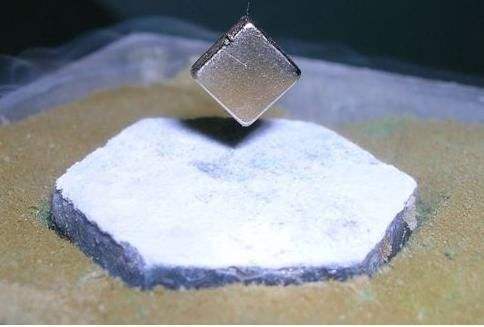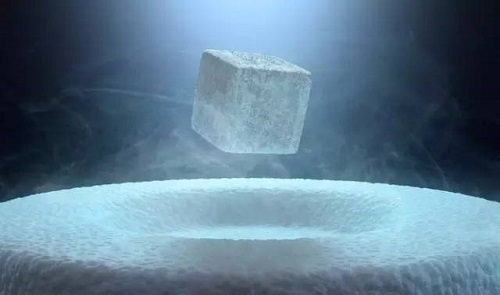
Superconducting material properties
1. When a superconductor enters a superconducting state, its resistivity is actually equal to zero. The temperature from a normal state in which the resistance is not zero to a superconducting state is called a superconducting transition temperature or a superconducting critical temperature.2. The external magnetic field can destroy the superconducting state. Superconductivity can only be maintained when the applied magnetic field is less than a certain amount, otherwise the superconducting state will change to the normal state.
3. When the current intensity in the superconductor exceeds a certain value, the superconductor turns into a normal conductor.
4. Regardless of whether there is an external magnetic field at the beginning, only the T magnetic lines are completely repelled outside the body, and have complete diamagnetism. This phenomenon was first discovered by W. Meissner and R. Oxenfeld in 1933 and is called the Meissner effect. When a small permanent magnet falls near the surface of the superconductor, since the magnetic lines of the permanent magnet cannot enter the superconductor, a repulsive force is generated between the permanent magnet and the superconductor, so that the permanent magnet is suspended on the superconductor.





